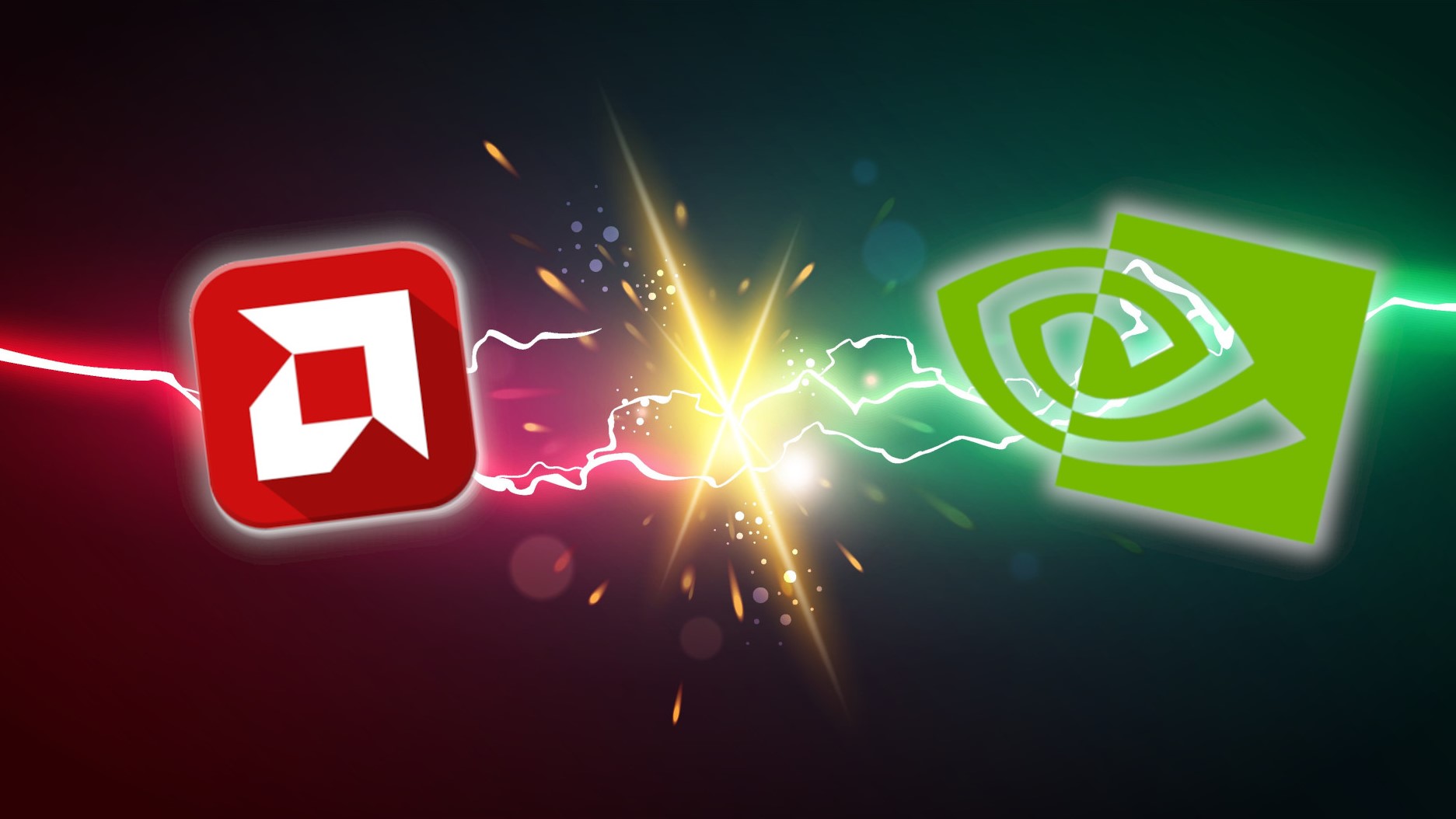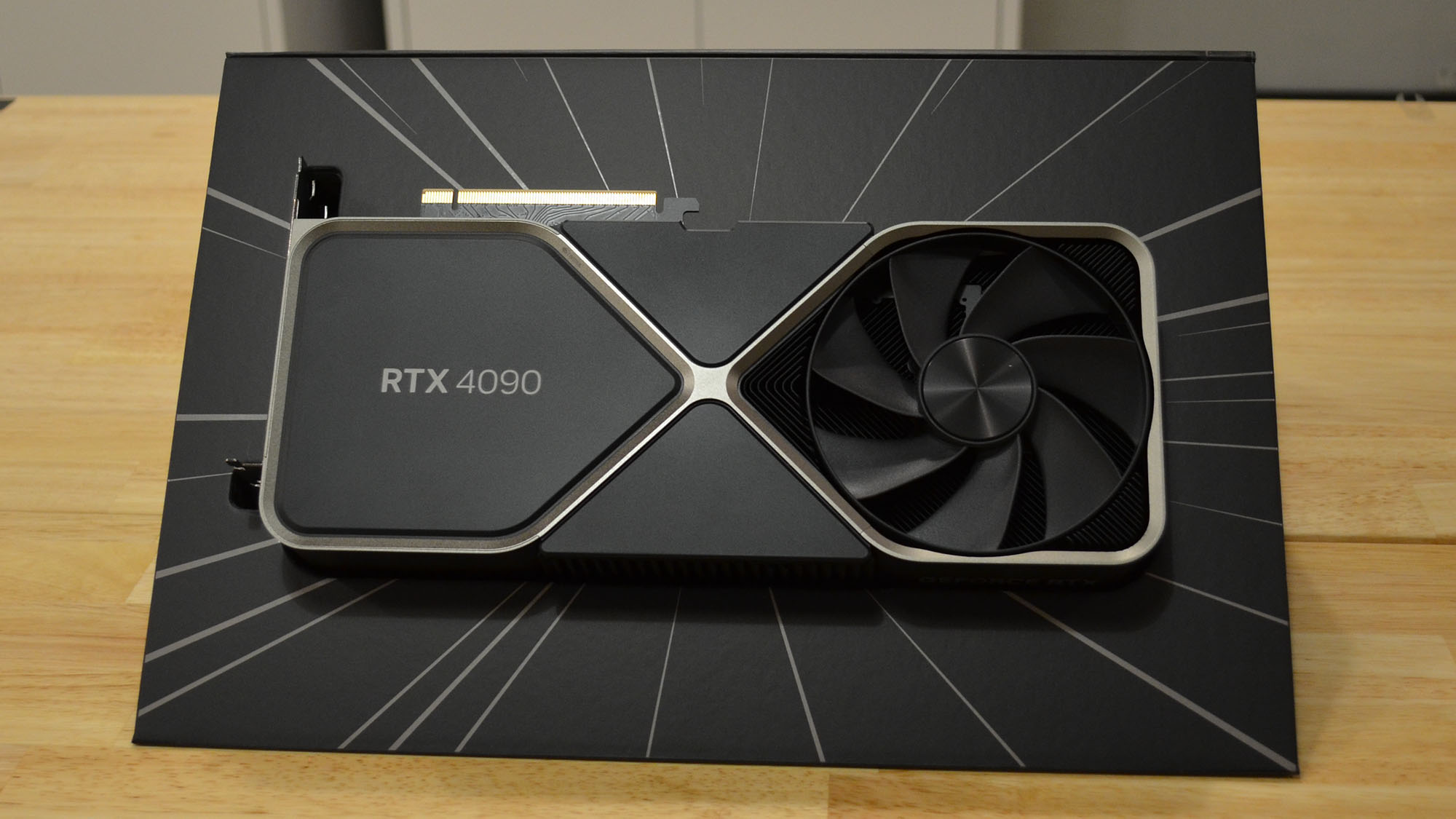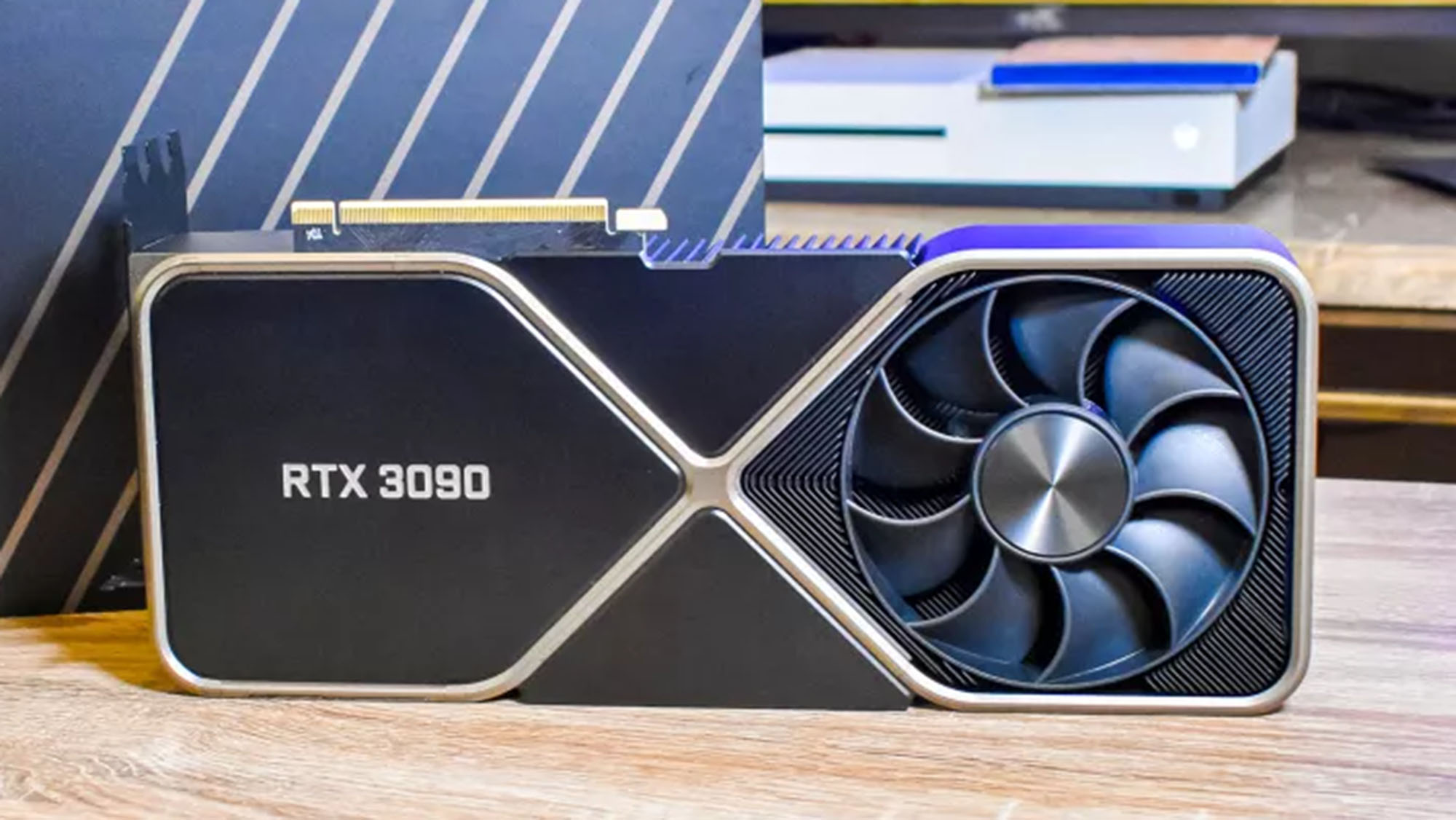
It goes without saying that Nvidia is the dominant force within the GPU market. The RTX 4000 series has taken the market by storm, with its flagship graphics card (the RTX 4090) providing the best performance on gaming PCs to date.
With the long-awaited RTX 5000 series announcement now on the horizon, all eyes will be shifting toward Nvidia’s hotly-anticipated RTX 5090 and what DLSS 3’s successor has to offer. Team Green's upscaling method has been a formidable tool for RTX 4000 series users - particularly for those not using the high-end overkill (and overpriced) 4090.

While I love AMD and FSR 3.1, especially with what it's done for handheld gaming PCs like the excellent Asus ROG Ally X, it would be quite naive of me to suggest the upscaling method is superior to Nvidia’s rival offering. DLSS 3 with Frame Generation has been shown to push in-game frame rates above and beyond usual standards at higher resolutions with ray-tracing enabled.
However, this should by no means be the only factor when deciding which GPU you should buy. There are plenty of games that run great on AMD’s Radeon GPUs (particularly the RX 7900 XT and XTX) and this should continue to be the case for years to come.
Upscaling methods shouldn’t be the easy way out for game devs
Now, I will acknowledge that we’re more than likely heading in the direction of DLSS, FSR, and XeSS becoming prominent factors in the future of PC gaming. The expectation is that DLSS 4 will be driven by AI for the RTX 5000 series (you’d better not make this generation-exclusive again, Nvidia) just as AMD confirmed for the upcoming FSR 4 - a departure for Team Red, since previous versions notably didn't use AI for upscaling.
If Moore's Law continues to hold true, there's only so much that future series releases from Nvidia or AMD can do to step up GPU capabilities generation-on-generation, so it makes sense to look towards AI as the next big step. While this stands as a benefit for all PC gamers (and consoles that may use upscaling, like the PS5 Pro's PSSR feature), I'm already concerned that this could give game developers more leeway to release poorly optimized games with the thin promise of future patches.

This has been happening for a long time; even just in recent memory, Hogwarts Legacy, Star Wars Jedi: Survivor, Dragon’s Dogma 2, and Starfield have all suffered from poor optimization on PC at launch. We’re then left with no choice but to use the aforementioned upscaling methods and frame-gen software, but once again, there's only so much that can be done to paper over the cracks.
Upscaling tools should not be the deciding factor for your GPU choice
When faced with upscaling methods that barely improve frame rates in poor-performing titles, this is when your GPU’s power and hardware specifications matter most. Considering how costly Nvidia’s graphics cards are compared to AMD’s, and the closeness in power between the RTX 4080 Super and the RX 7900 XTX, the easy choice is the latter.
This is AMD’s current flagship GPU, coming with a hefty 24GB of VRAM against the 4080 Super's 16GB, and is still one of the best graphics cards - I truly believe dismissing a potential purchase of this GPU solely because of missing out on DLSS, is a poor choice. It may appear that Team Red is losing the upscaling battle to Nvidia (and now Sony with PSSR), but it remains faithful to ensuring all GPUs can take advantage of upscaling technology thanks to FSR's open-source design.
For those gaming on mid-range or budget GPUs, AMD’s decision to allow FSR 3 to be utilized on a wide range of graphics cards, including Nvidia’s and even integrated graphics on Intel chips, goes a long way in showing where its loyalties lie - providing improvements for all gamers (I’m looking at you again, Nvidia).

While it’s important for me to mention that AMD GPUs cannot use DLSS since they have no tensor cores, it does not give Team Green the excuse to make its upscaling methods exclusive to new GPU ranges. Despite Nvidia’s claim that the improved Optical Flow Acceleration stood as the main reason for DLSS 3’s exclusivity on RTX 4000 cards, it didn’t take PC players long enough to find a way to use it on older hardware (like this workaround on NexusMods from ‘Nukem’).
Now if Nvidia does allow DLSS 3’s successor to be used with older GPUs, the point remains. You should not let this be the dealbreaker for your next GPU upgrade, especially if the prices of AMD’s high-end graphics cards continue to fall…







